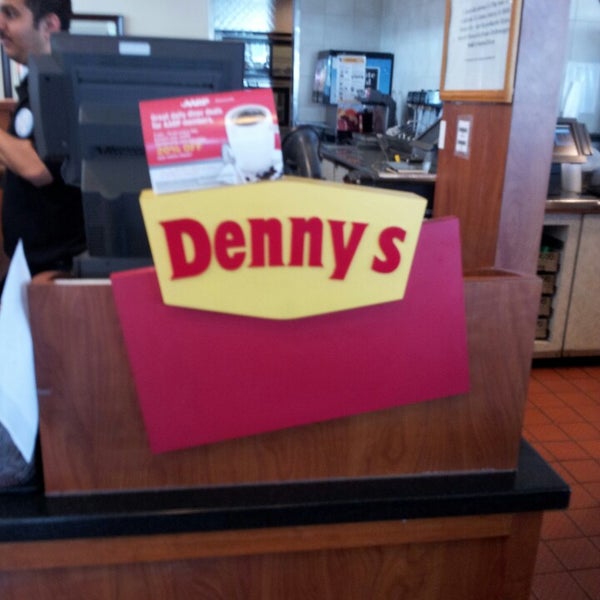
I had always been afraid of Los Angeles. Partly for the same reason I'm afraid of every big city. I don't like driving in cities. The only car accident I've ever been in happened on the freeway in Boston - I was heading out to my ex-wife's place to help her move (or, more correctly, to help with her dogs during the move, because they had been my dogs, long story) and was having a difficult time merging on the freeway. Trying to get over to a left exit lane going over a bridge, I merged into an SUV - or, more to the point, they came up on my blind spot while my turn indicator was blinking - on my left side. The upshot is that the insurance paid for me to have the damage fixed and a rental car. Even though fixing the damage only took two days I kept the rental car for a week and had my transmission replaced. And wouldn't you know the car ran another 80-odd thousand miles with a new transmission, before finally coming to its final resting place on the side of the freeway in Holyoke, MA, right outside the mall.
People are afraid to merge on freeways in Los Angeles. This is a demonstrably true statement. This is especially true if you are from out of town and are not quite sure where your exit is, or whether the exit is going to be on the right or left hand lane of a six lane road, or whether the lane you get into in anticipation of your turn will become an exit-only lane before you reach your exit.
I hate driving in San Francisco for similar although not quite identical reasons. It's not the hills I mind so much - a few of them can be nerve-wracking, but as long as you don't have to try to park, it's not terrible. The problem is the size of the roads. Most of San Francisco is tightly packed in a way comparable to downtown Boston. Just try to get anywhere around the banking district during daytime hours. The western part of the city is more laid back, but the downtown is forbiddingly dense. So even though Los Angeles seems like it should be far more relaxed in terms of spacing and traffic density, again, where you actually want to go is crowded and difficult to navigate. You can cruise around Northridge or Sylmar to your hearts content, but if you get behind the wheel of a car in Burbank or Hollywood, you might as well bid a fond adieu to your peace of mind.
Despite our best efforts, we found ourselves sucked into Los Angeles. After we finally found an apartment - or rather, a room in a house in the north Valley with two other art students, which is precisely the situation we had hoped to avoid - it was necessary to venture forth into the metropolis in order to acquire supplies. Which meant, in practice, we went to Ikea every day for a full week. Not only did we go to the Ikea in Burbank multiple times, but we even drove out to Covina, on a Friday afternoon. There was a mattress sale, but the mattress we wanted was sold out at the Burbank store, so we drove out to the store that did have it. On the way we listened to a lot of Frankie Goes to Hollywood.
She said she didn't know there was so much Frankie Goes to Hollywood in the world. But it seemed appropriate.
Two days before my birthday we had dinner in the Chevys opposite the Ikea in Burbank. It was surprisingly tasty. She ordered a margarita and enjoyed it immensely.
On my own, during the days she was in class, I ventured on my own into Hollywood, to see the Amoeba.

I ended up going back to Amoebas a few times as the visit wore on. It's bigger, I believe, than the San Francisco store, although at a certain point the difference becomes academic. Even multiple-hour visits over multiple days didn't give me enough time to do anything resembling a systematic look, although I was lucky enough to find a pile of bargains and a few things I'd been looking after for quite a while. I picked up this for an exorbitant price, but about as much as I would have paid for import shipping from the UK in any event. Found some Red Krayola. The aforementioned Frankie Goes to Hollywood. Some Darkthrone. An unopened copy of Jellyfish's Bellybutton for $5, which I hadn't heard in well over a decade. She did not care for the Jellyfish. I, however, enjoyed the Jellyfish more than the new New Pornographers, which I also purchased, relatively cheap from the used bin. I need to listen some more, but it's no Twin Cinema.
There's a Jack in the Box across the street from Amoeba and catty-corner from the CNN building that has an unlocked restroom, out of the line of sight of the cashiers. Amoeba is very confident in their "no public restroom" policy, so I imagine we weren't the only ones to take advantage of the foolhardy restroom policy of the Hollywood Jack in the Box.
As the weeks wore on we grew increasingly tired. The bloom had long ago faded off the romance of this particular trip. She was close to being settled in, ensconced in bother her studio and her apartment. We ate at Lucille's Smokehouse Bar-B-Que on my birthday. It was good.







